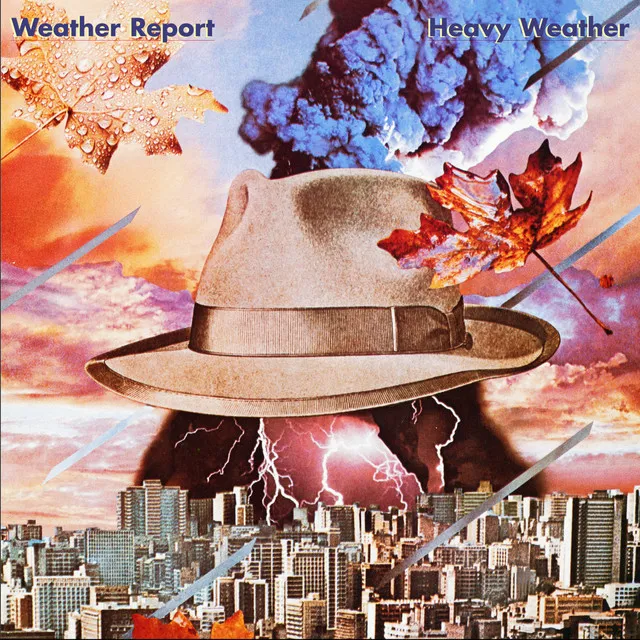
Birdland
Heavy Weather
- 01.03.1977
- 0 Streams
- 5 min 56 sec

Weather Report started out as a jazz equivalent of what the rock world in 1970 was calling a "supergroup." But unlike most of the rock supergroups, this one not only kept going for a good 15 years, it more than lived up to its billing, practically defining the state of the jazz-rock art throughout almost all of its run. Weather Report also anticipated and contributed to the North American interest in world music rhythms and structures, prodded by keyboardist/co-founder Joe Zawinul. And WR, like many of jazz's great long-lived groups, proved to be an incubator for several future leaders who passed in and out of the band in a never-ending series of revolving-door personnel changes. The original members of the band were Zawinul, Wayne Shorter (saxophones), Miroslav Vitous (electric bass), Airto Moreira (percussion) and Alphonse Mouzon (drums), with only Zawinul and (until 1985) Shorter remaining in place throughout the band's lifespan. Zawinul, Shorter and Moreira all had experience playing in and influencing the studio and live electric bands of Miles Davis -- and at first, WR was a direct extension of Miles' In a Silent Way/Bitches Brew period, with free-floating collective improvisation and interplay, combining elements of jazz, rock, funk, Latin and other ethnic musics. With the release of Sweetnighter in 1972, Zawinul's influence upon the band's direction began to deepen; the groove became more important, structures were imposed upon the material (though the group continued its freewheeling interplay in live gigs). When the innovative bassist Jaco Pastorius replaced Alphonso Johnson in 1976, WR entered its most popular phase, with Pastorius becoming a flamboyant third lead voice, Shorter's sax receding into more epigrammatic form, and Zawinul rediscovering his commercial touch and sharpening his electronic sophistication. The best-selling Heavy Weather album (1977) actually served up a hit song that became a jazz standard ("Birdland"), and with the entry of Peter Erskine on drums (1978), the group finally had a stable lineup for awhile. Contrary to accepted wisdom, the departures of Pastorius (who died tragically from injuries sustained in a beating in 1987) and Erskine in 1982 led to a recharging of WR's batteries; their replacements Victor Bailey (bass), Omar Hakim (drums), Jose Rossy and later, Mino Cinelu (percussion) were more amenable to Zawinul's deepening inclinations for Third World rhythms, sounds and textures. This edition of WR rattled off three more albums, including the outstanding Procession. But Shorter, who had gradually ceded nearly total artistic control to Zawinul, was getting restless; he took a leave of absence in 1985 and later that year, left WR for good. This Is This (1985), in which Erskine returns and Shorter plays only a limited role, was WR's swan song. Zawinul would tour in 1986 with a revamped version called Weather Update (a prelude to the keyboardist's own Zawinul Syndicate), and there was talk in 1996 about Zawinul and Shorter reuniting in the studio for a new edition of WR, but Zawinul later deflated the speculation. Although a Weather Report reunion failed to materialize, many of the group's core members stayed busy. Zawinul continued to perform and record up until his death from a rare form of skin cancer in 2011 at age 75. Shorter also remained active, forming a highly lauded acoustic outfit with pianist Danilo Perez in the 2000s and receiving a Grammy Lifetime Achievement Award in 2014. In 2015, drummer Erskine was integral in producing the four-disc Weather Report box set The Legendary Live Tapes, 1978-81, which featured previously unreleased concert recordings. ~ Richard S. Ginell, Rovi